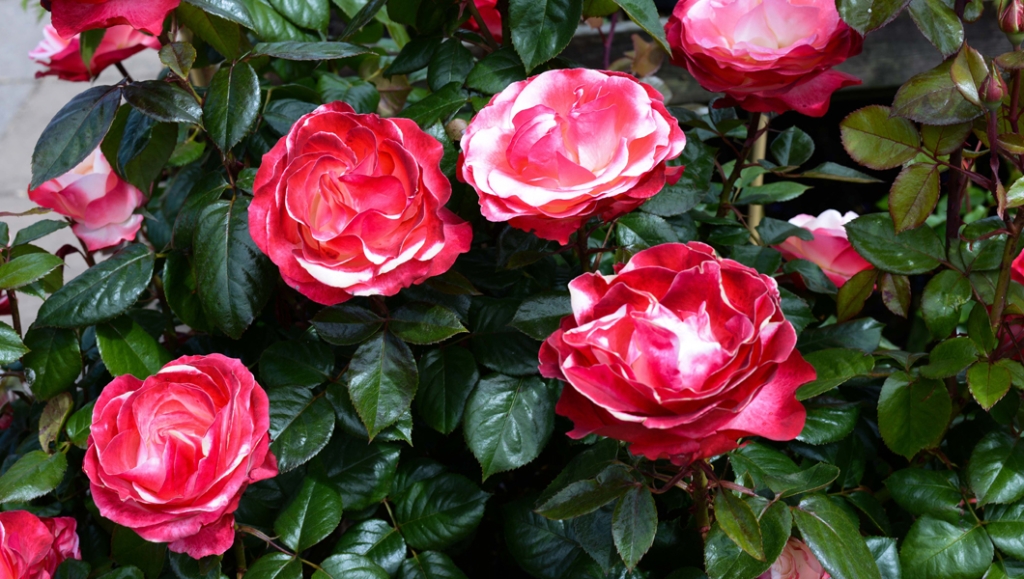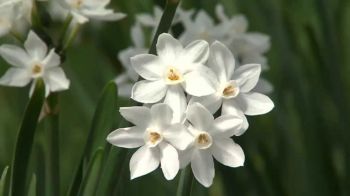
Growing roses in containers
Roses grown in containers are ideal for small gardens or where space is limited like patios, balconies or terraces. Only a few roses, patio, miniature and ground cover, are really tolerant of being grown in pots or containers, because roses generally have long shallow roots for anchoring the plant and searching out moisture. However, if you have pots large enough to hold the volume of soil needed to sustain the size of plant you can actually grow just about any type of rose in a pot if you water regularly and feed throughout the growing season. This includes climbers but they would need large deep containers with a minimum depth of at least 18 inches.
Like most plants grown in containers, it is important that you don’t let them dry out, in the case of roses that would make them prone to powdery mildew. It’s a good idea if possible to position the container so that it is shaded for part of the day, leaving the plant itself in full sun as that will prevent drying out on hot days.
Planting your Rose
The easiest roses to grow in pots or any sort of container are the patio and miniature types. The ground covering roses will also look fantastic in a pot as the blooms cascade to the ground. They can all be grown in fairly small but deep pots ideally 23- 35cm (9-14inches) deep. The best compost to use is a loam-based John Innes No 3 to which 10 to 20 percent multi-purpose compost, horse manure compost, or very well-rotted manure should be added for richness.
When first planting you should also add some Rootgrow which will encourage root growth and get the plant off to a good start. In the case of containerised plants if you look at the bottom of the pot that is the size of the area that you should apply the granules to. Sprinkle a light dusting into the bottom of the pot with compost and then plant with compost etc enduring the that roots of the rose make good contact with the rootgrow. It’s a good idea to position the container where you want it if it’s a very large one before filling with compost as it may be too heavy to move once planted up. Also, a layer of gravel at the bottom and raising the pot up on feet will help with winter drainage. Water well.
Aftercare
Feeding is important as roses use up food reserves quickly and they grow better if top-dressed each spring with a granular rose fertiliser and are fed with a rose feed like
After Plant Rose Food throughout the growing season. However, avoid feeding after August as any resulting soft growth may be damaged by cold winters. Every second year, remove the top 5cm (2in) of compost and replace with a fresh layer and move to a larger container when necessary. Deadhead throughout the growing season to keep the blooms coming and prune to shape.
The great fun of growing roses in pots is that you can move your roses around easily and experiment in different situations with other plants in pots. They definitely brighten up areas in the garden and make an entrance look welcoming but for them to perform well they do need a bit more TLC.




